Graham Studio Residency
- Allison Healy

- Oct 5, 2023
- 3 min read
Updated: Jul 15
9 Month Graham Studio Residency with the Grand Marais Art Colony in Northern Minnesota

I've been contemplating a particular project for a while now, but haven't had the opportunity or space to dive into it. This project involves rethinking my approach to using watercolor as a medium. I aim to create a series of watercolor paintings that utilize recycled and upcycled materials instead of traditional paper. To this end, I've been gathering pieces of plywood and old frames from thrift stores and garage sales. With so many old frames being discarded or sold cheaply, I've been eager to find a way to repurpose them.
I plan to create a series of experimental pieces, varying in size from very small to much larger, depending on the reused frames I can obtain. I will cut plywood to fit these frames, securing it with wood glue and finishing nails. Using acrylic gesso and watercolor ground, I will prepare the surfaces, including the frame, to form a single solid panel. The paintings will extend onto the frame itself. This approach will result in a cohesive object, rather than a separate sheet of paper and frame. To protect the finished work, I can apply either a wax medium or matte varnish as a protective layer for the watercolor painting.
Watercolor is often regarded as a more delicate medium, so I believe this method would provide an intriguing contrast, adding more solidity to the artwork. It could be an economical way to produce a substantial collection using materials that are frequently thrown away. Beginning with a clean surface that extends to the frames should establish a sense of visual continuity, even with the variety of sizes and shapes. Larger pieces would showcase a broader perspective, while smaller pieces would offer a closer look at finer details.
Exhibiting the artwork will be simpler since the frame is integrated into the final piece. Given the various sizes, arranging the work like a scattered mosaic seems ideal. I would plan the layout in advance to ensure they form a cohesive whole. By mixing larger images with smaller ones, I envision viewers needing to step back to appreciate the overall work, and then being drawn in to examine the details of the smaller pieces. The smaller pieces would function somewhat like a magnifying glass.
The work will center on our emotional bond with the natural world. The condition of our environment directly influences our inner perceptions, and I aim to delve into this relationship through visual abstractions that retain elements of realism. These paintings will express emotion by depicting the human figure interacting with nature in an indistinct manner. The pieces should evoke intimacy while maintaining a scientific accuracy in the portrayal of landscape details, such as the appearance of sunlight filtering through leaves compared to hair illuminated from behind. Images might include bare feet on grass or hands viewed through the water's surface. My goal is to create a collection that offers a glimpse into these serene moments of reflection.
Grand Marais Art Colony - Founders Hall

With the use of an absorbent ground on the thin plywood, I was able to create a surface that feels a bit like a paper surface. This way I was able to create drawings that are much larger and more durable as a physical object. There is still much research to do to see how different pigments adhere to the surface. I also scanned a few of the finished pencil drawings and had them printed on watercolor paper to create an interactive line of gift cards. These also included a small dot card of watercolor samples.
This residency started in the midst of the Northwoods winter. Grand Marais, Minnesota, nestled on the shore of Lake Superior, is a charming harbor village known for its vibrant arts scene, access to outdoor recreation, and stunning natural beauty. It's a place where visitors can find a blend of artistic inspiration, rugged wilderness, and small-town charm. Grand Marais, Minnesota, nestled on the shore of Lake Superior, is a charming harbor village known for its vibrant arts scene, access to outdoor recreation, and stunning natural beauty. It's a place where visitors can find a blend of artistic inspiration, rugged wilderness, and small-town charm.






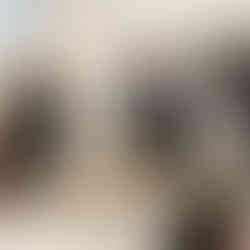





















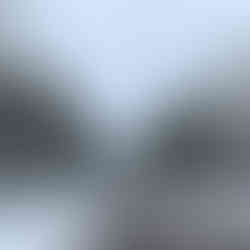

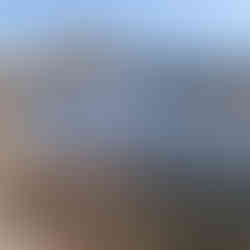












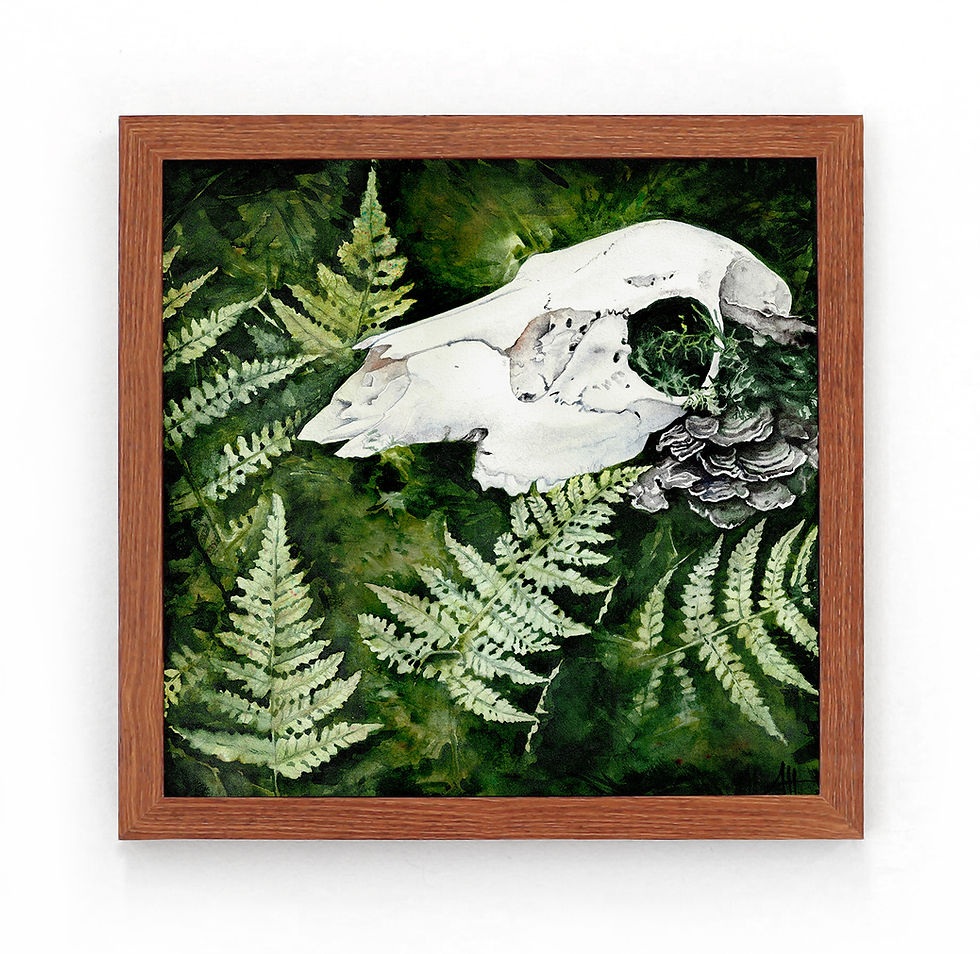
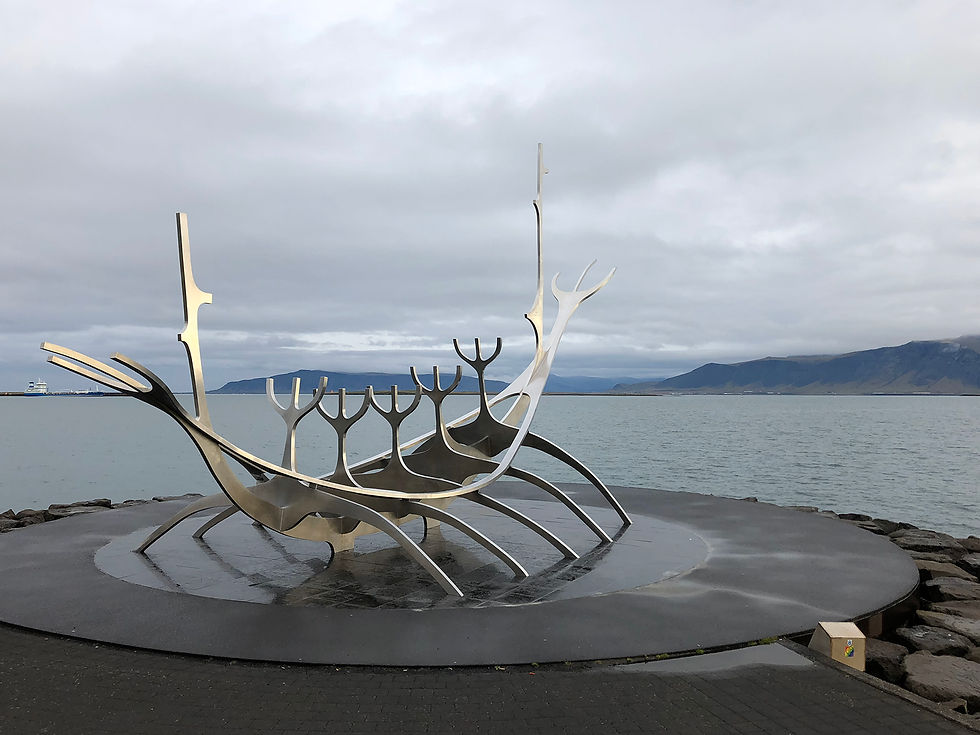
Comments